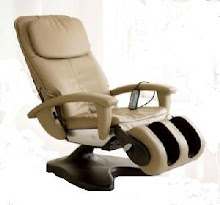I find it quite amazing that so many pet owners are prepared to buy an orthopedic dog or cat bed, but do not see the relevancy of doing the same for themselves and their families.
This becomes all the more pertinent when you consider that the spine of a dog or cat is retained in the most natural of horizontal postures during nearly all aspects of the animals life.
With humans this is of course not the case. Our spines are held vertically and operate in what appears to be an unnatural and badly orchestrated mechanical way.
Even so, orthopedic pet beds are big business and, although comparatively expensive compared with their human equivalents, do offer some benefits to the pampered pets.
What to look for in a pet bed
Pretty well all of the guides that you would apply to a good human bed or mattress apply to a good dog or cat bed.
Contouring and support are paramount and materials like memory foam are ideal.
In the wild, animals see or make bedding areas that are spongy and compressible. A manmade bed should replicate this and visco elastic memory foam pets beds are probably the best.
Removable, washable and ideally waterproof covers will extend the life of the bed's mattress and they will also allow the removal of odours, dirt and accidents.
Here is a site, http://www.buddybeds.com/ with some dog beds and more information for those who have pets and are interested in the providing them the best possible sleeping surface.
